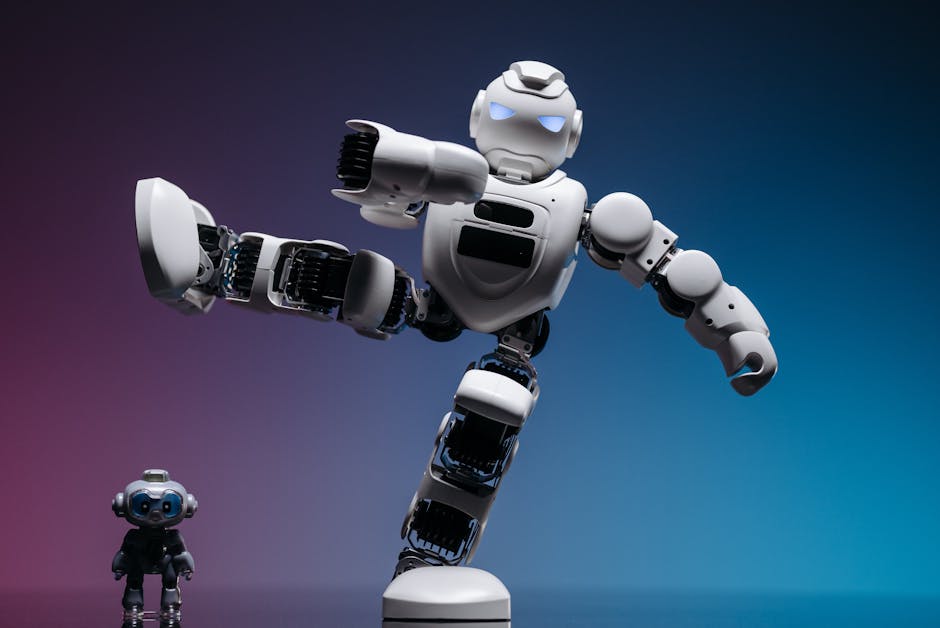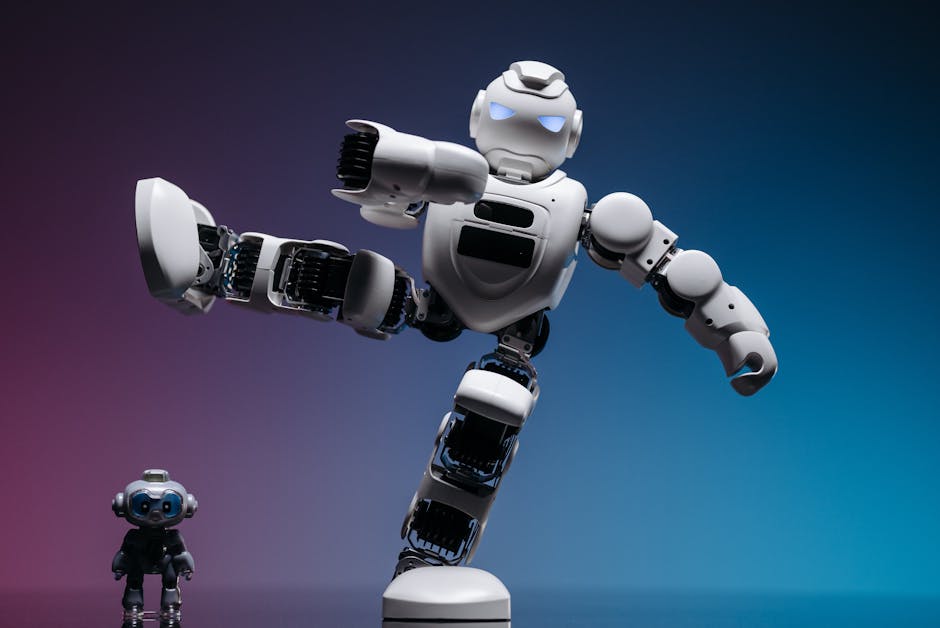The Hidden Safety Concerns Behind Today’s Humanoid Robots

Humanoid robots are increasingly becoming a hot topic within the tech world, with companies like Tesla and startups like Figure pouring billions into their development. However, Rodney Brooks, a prominent roboticist and founder of iRobot, has presented a sobering reality: current humanoid robots are fundamentally flawed when it comes to safety and dexterity. Brooks, who has spent decades researching and developing robotics, cautions against getting too close to full-sized walking robots, underscoring significant safety concerns due to their massive kinetic energy. In a world captivated by the rapid advancements in artificial intelligence, these hidden obstacles in humanoid robotics are crucial to acknowledge.
Why Current Humanoid Robots Are Unsafe

Pexels
One of the core safety issues with today’s humanoid robots stems from the physics behind their walking mechanisms. Brooks explains that full-sized bipedal robots rely heavily on electric motors and outdated balancing algorithms, such as zero moment point methods, to stay upright. These solutions require robots to generate and release substantial amounts of kinetic energy. If the robot loses balance or falls, this stored energy can lead to catastrophic injuries. For instance, a human struck by a falling metallic limb could suffer severe harm, making these robots unsafe to operate in proximity to people.
Brooks’s warnings are not hypothetical—he recounts a near accident involving an Agility Robotics humanoid that unexpectedly toppled when nearby. Interestingly, even promotional videos from major robot manufacturers often avoid showing humans interacting closely with fully mobile humanoids unless there are barriers, further emphasizing these inherent risks. Until safety standards evolve and robots use entirely new systems for movement, certification for humanoids to work alongside humans in industries like healthcare or manufacturing will remain a distant goal.
The Dexterity Problem: Why Vision-Based AI Falls Short

Pexels
Another major challenge facing the development of humanoid robots is their inability to replicate human dexterity. Brooks critiques the prevailing method of teaching robots dexterous tasks by making them watch videos of human activities. Companies like Tesla and Figure employ methods that rely almost entirely on vision-based data. For instance, workers wear cameras while completing common tasks, and the footage is then used to train the robots. While this approach works for simulating motions in controlled environments, it completely neglects the sense of touch—a vital aspect of human dexterity.
Brooks highlights groundbreaking research demonstrating how the human hand’s intricate touch-sensing system enhances our ability to handle objects efficiently. Human fingertips are equipped with approximately 1,000 mechanoreceptors each, enabling sensations such as pressure, vibration, and texture. Without sensors that emulate touch, humanoid robots will struggle to duplicate even basic tasks performed by humans. Despite incremental advancements in tactile technology, such as gloves that transmit touch sensations to robotic arms, there remains a monumental gap between human ability and robotic capability.
What the Future Holds for Humanoid Robots

Pexels
While the hype around humanoid robots continues to grow, Brooks predicts a different trajectory for their future. He foresees a shift away from bipedal, human-like designs toward more practical variations, such as robots with wheels, multiple arms, and unconventional sensor placements. These iterations will be more focused on usability and safety rather than mimicking the human form. Instead of trying to force humanoid robots to learn dexterity through costly vision-based experiments, researchers are likely to invest in systems that prioritize touch feedback and simpler, more effective mobility solutions.
This evolution could also redefine the term “humanoid.” Just as “flying cars” now refer to electric helicopters rather than automobile-aircraft hybrids, future robots labeled humanoids might bear little resemblance to the models we see today. Innovations in tactile sensing and alternative robot designs will likely pave the way for safer and more practical machines. As companies align their goals with the realities of physics and safety, the advancements in humanoid robotics may finally bridge the gap between expectation and deployable reality.
For now, Brooks’s three-meter safety rule serves as an industry-wide wake-up call. The widespread deployment of humanoid robots in shared human spaces remains fraught with technical and ethical challenges. Progress will come not from sensational promises but from addressing these core issues head-on.




